Baseboard Painting Tips
Painting baseboards can instantly add life and vibrancy to your baseboards. Whether you are adding new baseboards or painting over with a fresh coat of the same color – you will be happy with the results of your home improvement project.
While all baseboard painting projects require paint and a brush (or roller or sprayer), you might be surprised to find a few baseboard painting tools you didn’t think of.
Generally, we wrote this assuming you would be painting in place. However, even if you are using a sprayer or a roller brush in the garage – many of the tools here will still be applicable.
- If you are installing baseboards, check out 26 Awesome Baseboard Tools for your project for a list of installation tools.
- If you are looking for more information on painting baseboards, check out the following articles:
Preparing to Paint
1. Tape (Painters Tape, Masking Tape)
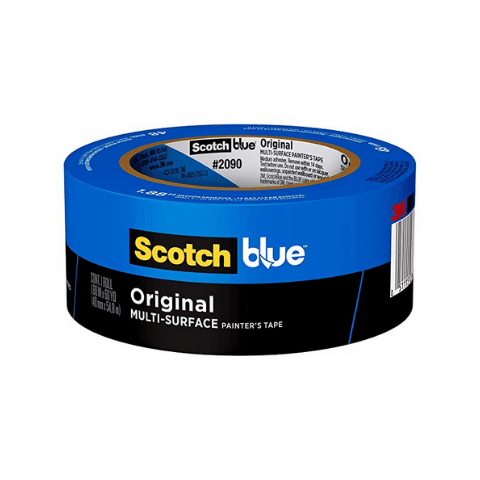
How Will I Use It? Tape primarily protects against the surrounding areas of the baseboard. Areas can include carpets, walls, door casing, or hardwood floors. Painters tape also serves as a guide for your painting. It is designed to be peeled off easily so you can use it to ensure you get accurate, clean lines.
2. Drop Cloth

How Will I Use It? Dropcloth creates an excellent place to set the paint while you are painting. With drop cloth, you don’t need to worry about spilling on the floor. It also works as a ready towel in case something does happen where you need to clean up paint quickly.
3. Rosin Paper

How Will I Use It? It is a great, quality way to cover your floor and surrounding areas in the process. It is inexpensive, large, and durable. We recommend lining it up along the baseboard on the floor, so you have a consecutive space to paint without having to stop and move the cloth as you go.
4. Sanding Pad
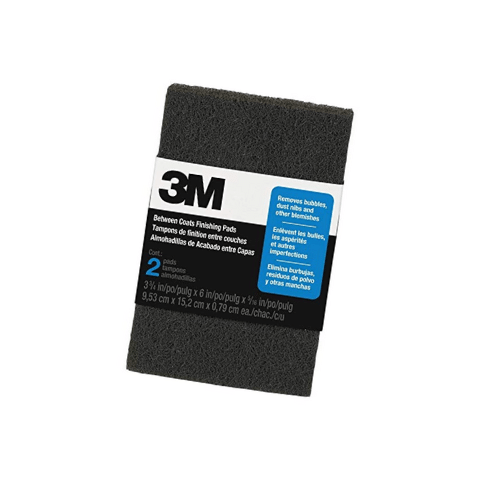
Is It Required? It is hard to envision a baseboard painting project without the need for any sanding.
How Will I Use It? A sanding pad is a great ergonomic way to sand your baseboards. If your baseboards are being painted by hand while they are installed, a sanding pad will help you get more leverage in your limited angles. Buy different grits to be safe, start with a higher grit and work your way down to a lower grit.
5. Fill Stick or Spackling (Paste)
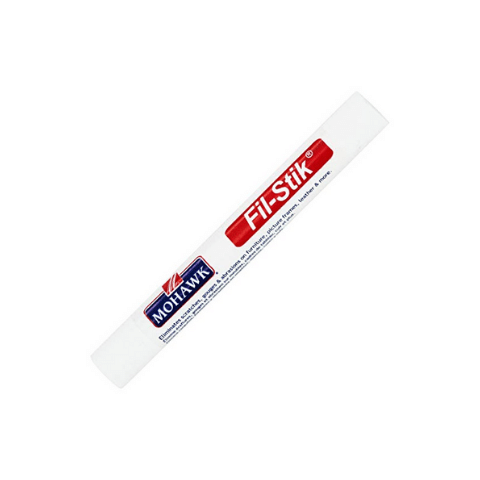
How Will I Use It: Anywhere you see dings, dents, you will want to use a fill stick or spackling paste. What’s more, if you need to do any work on the baseboards, like adding nails or removing any pieces and reinstalling, you are going to want to have some ready.
Painting
6. Brush (Angled)
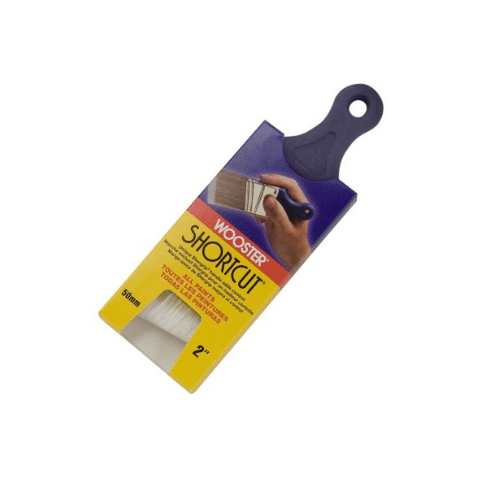
Is It Required? Yes, you need a brush. Angled brushes are preferred.
How Will I Use It? In most cases, you will need a brush to apply the paint. Brushes help apply the paint in any position. We have discussed using the right type of paintbrush and paint combination previously.
7. Paint Guide

Is It Required? A painting guide is not required, but this inexpensive tool can save you from much additional work later.
How Will I Use It? Use the paint guide to help create edges for your painting. You can use them above the baseboard, on the floor, on the casing – or wherever you don’t want the paint touching.
8. Knee Pads
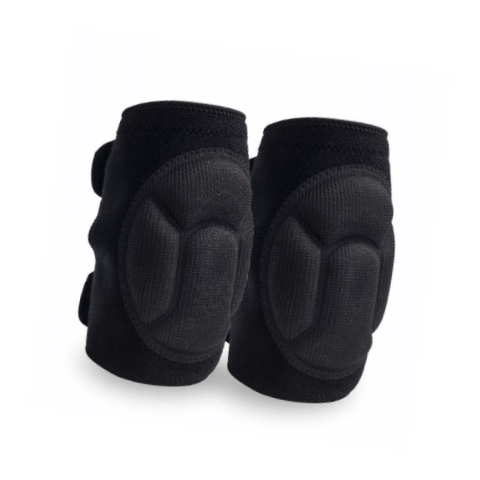
Is It Required? They might be! Knee pads can provide much-needed relief over the duration of your project. Especially if you have hardwood floors.
How Will I Use It? Kneepads will save your knees. Painting baseboards in place can be a time-consuming project. If your knees don’t mind at first, they might by the time you finish.
9. 5 in 1 Tool
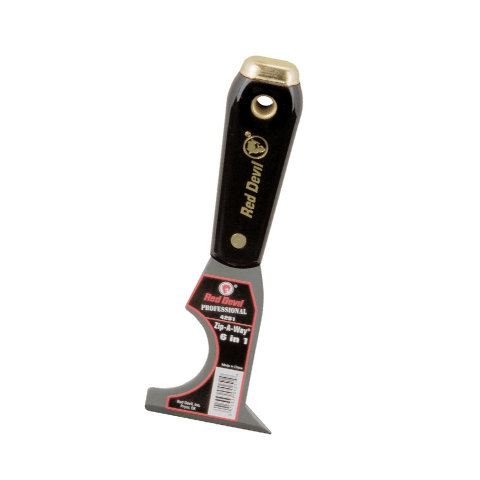
How Will I Use It? For everything. A 5 in 1 Tool has a ‘C’ shape on them specially designed to help scrape excess paint from a roller brush. They can help open paint cans, remove caulk or dried paint.
10. Work Light
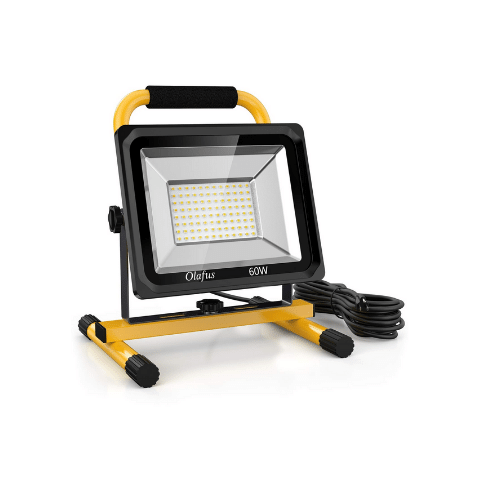
How Will I Use It? Having a light nearby can help apply the paint. Throughout the course of the day, natural light may come and go, and the lights in your home are not designed to illuminate your baseboards. With light applied directly on your baseboards as you go, it will help prevent blemishes, paint build-up, and other eye-catching problems.
11. Edging Pad
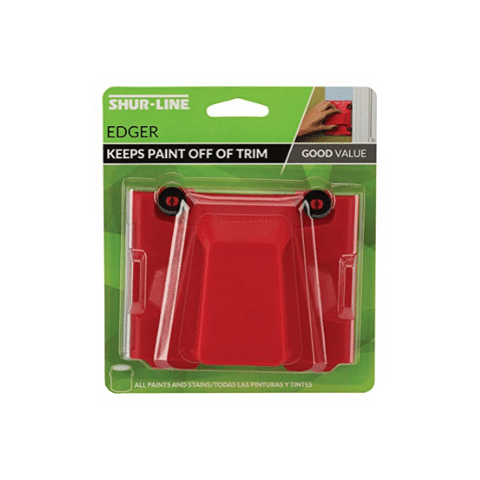
Is It Required? You don’t need an edging pad to paint the baseboards.
How Will I Use It? Edging pads are helpful to paint and blend the paint on the walls or surrounding areas. We do not recommend them for painting the baseboards.
12. Tape and Paper Dispenser
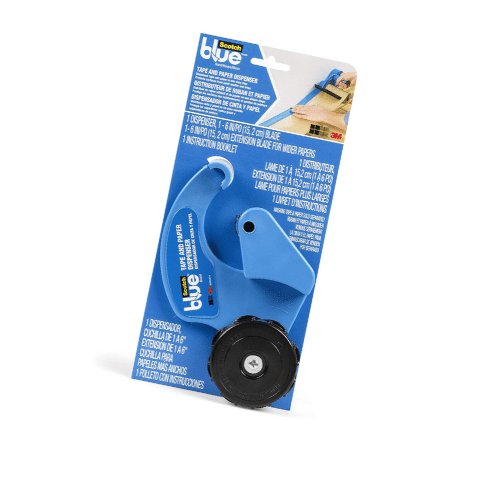
Is It Required? No, it is not required, but if you want to make the job faster and limit clean seriously consider picking up this tool.
How Will I Use It? The dispensers are made in different sizes for larger and small tape and paper selections. Upon choosing the tape and paper that best suits your job, follow the instructions on the dispenser and load it with your selected tape and paper. The beauty of the dispenser is that it overlaps a portion of the tape on the paper as it is reeled off. To get started, unreel 6 or so inches of the tape and paper from the dispenser and place along the edge of your soon to be painted baseboard. Once in place, you are good to go.
All Images are courtesy of Amazon or Manufacturer.







